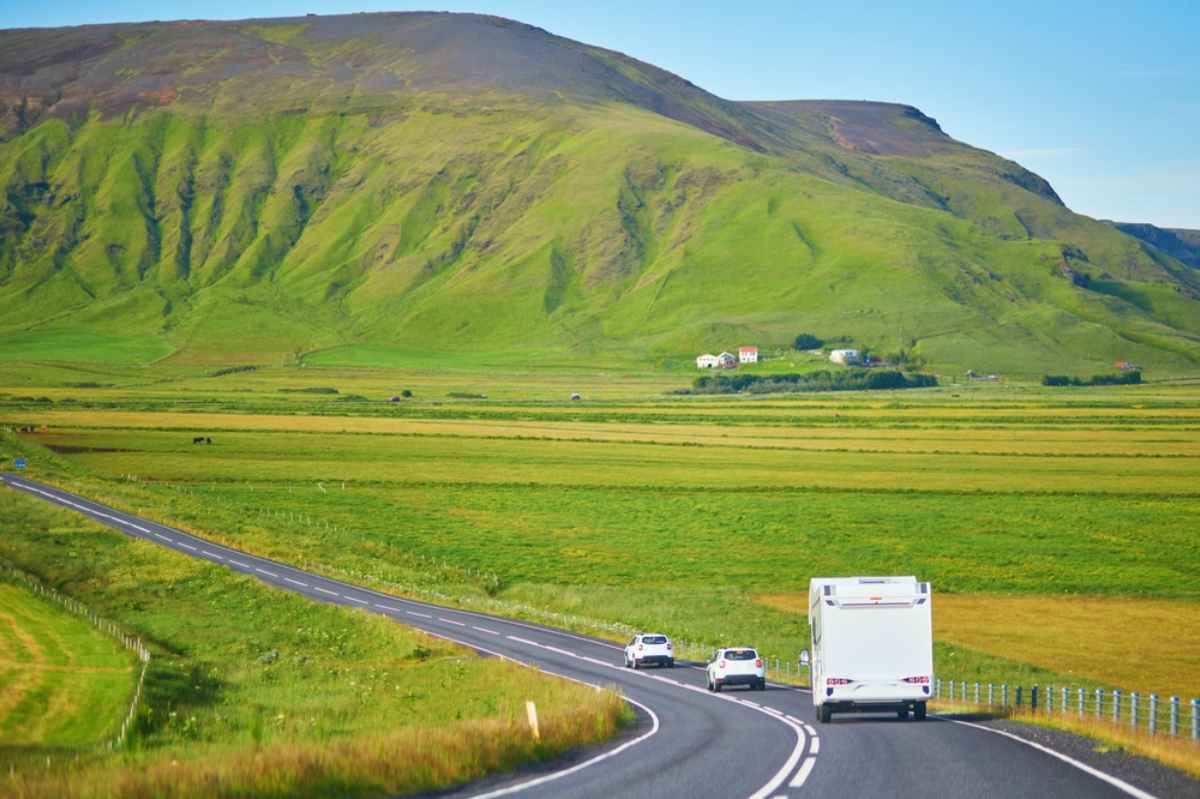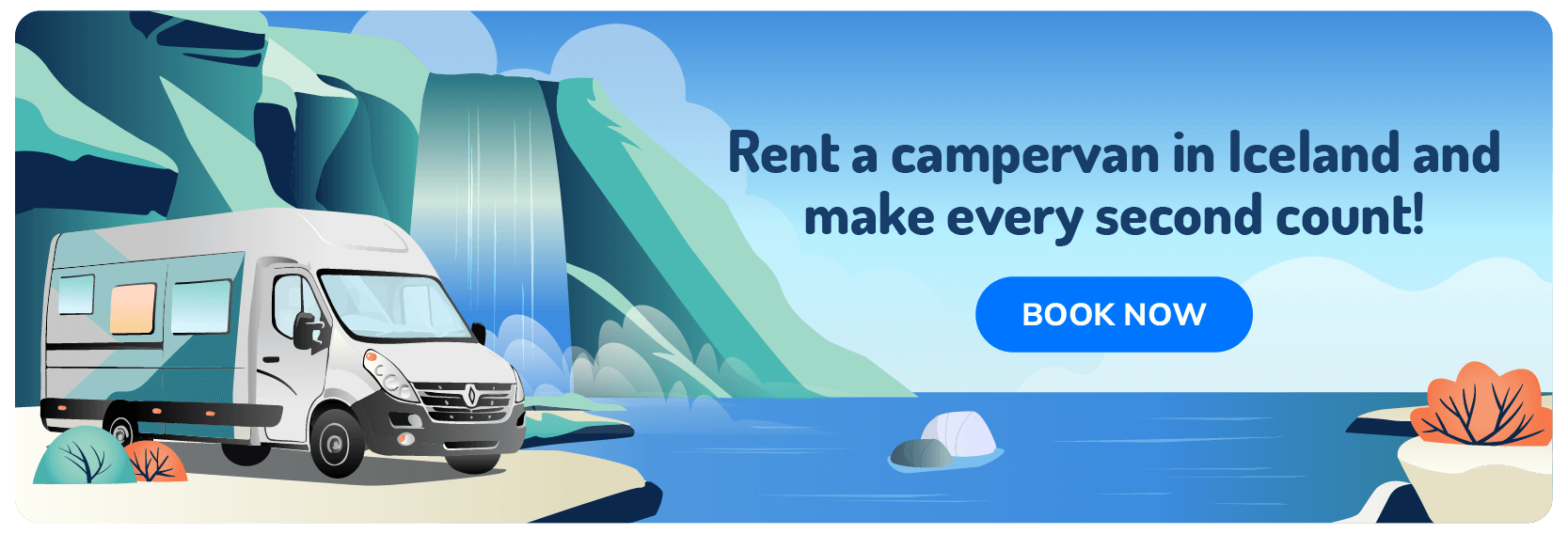Cruising around the island in a campervan is the best and most affordable way to explore Iceland. From the ultimate comfort and convenience to staying in the most budget-friendly and beautiful spots – there are many perks to driving and camping in Iceland with your campervan.
This guide will give you an overview of what to expect from a campervan and camping adventure here on the island, as well as provide you with a few helpful tips along the way. After reading this, you can rest assured that you’ll have a safe and memorable trip with your campervan rental.
The Advantages of Exploring Iceland with a Campervan
As mentioned, there are many perks to exploring the island with a campervan, such as:
- The peace of mind of knowing that both your accommodation and transport are sorted.
- You have more flexibility and freedom. There’s no tour guide rushing you on and off buses to stick to strict schedules, and you’re not rushed having to check in and out of accommodation.
- You’ll be able to go camping in comfort; there’s no need to rough it if you don’t consider yourself an extremely outdoorsy person.
- Camping brings with it a ton of savings. Not just because it’s cheaper in general, but also because it allows you to use our Camping Card. This card will cost you just €179 and grant access to a family of 2 adults and up to 4 children to various campsites across the country for up to 28 nights. Considering campsites generally charge between $10 and $20 per person per night, you’ll save a considerable amount. The Camping Card also gives you discounts on gas, saving you even more money!
- It gives you access to some of the most breathtaking spots, extremely close to some of our most famous attractions and activities. For example, Skogar Campground with Skogafoss Waterfall practically on your doorstep, and Breidavik Campground essentially offers beachfront accommodation just a short walk away from our famous Latrabjarg Cliffs (renowned for its bird-viewing opportunities, especially during the Puffin’s breeding season here on the island).
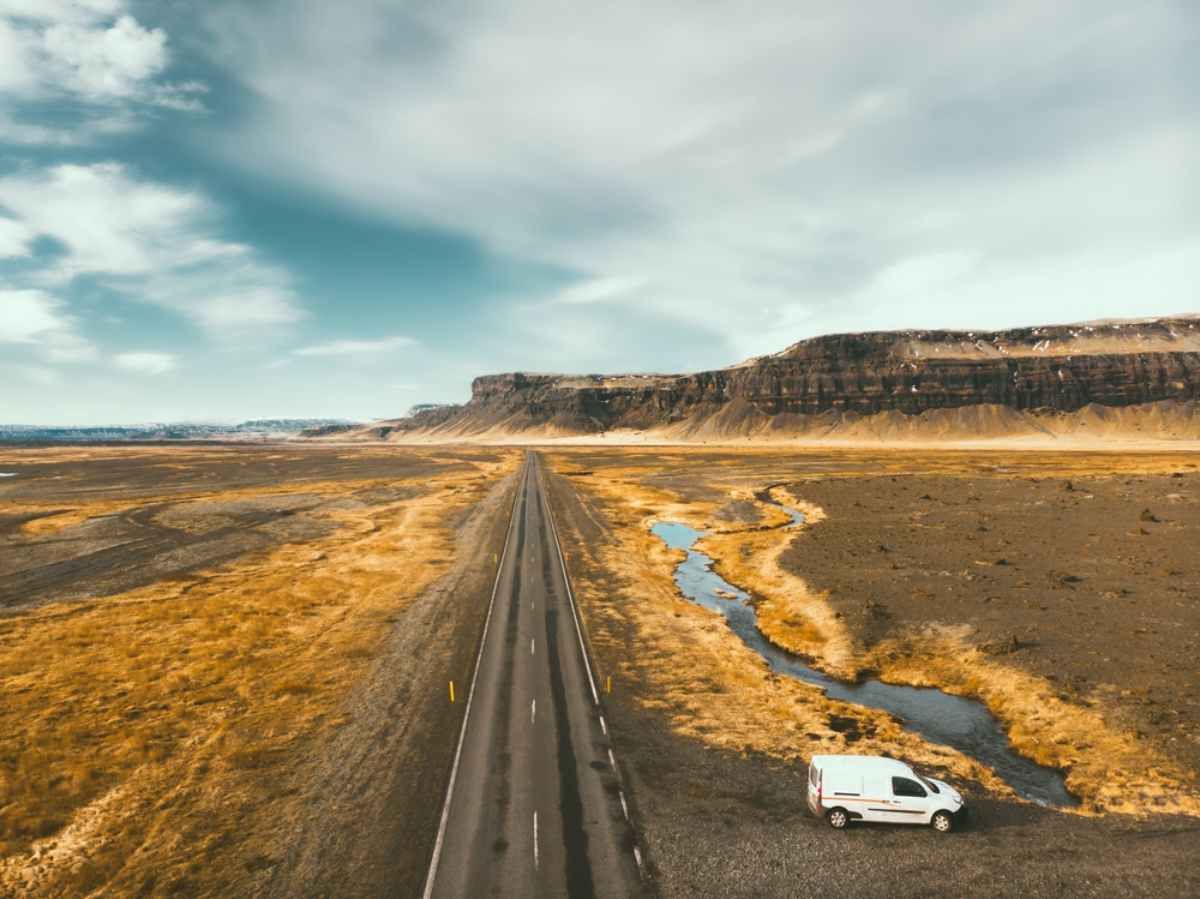
Essential Tips for Driving in Iceland
If this is the first time you’ll be driving here on the island, you’ll need to take note of the following:
Take Note of Our Roads
The Land of Fire and Ice is known for its contrasting terrain, and you’ll need to prepare for equally contrasting roads and routes here on the island. Our main roads, such as the Golden Circle and the Ring Road, are paved and well-maintained. But we also have a few gravel rounds, especially in our remote areas.
Our mountain passes can also be very narrow, and our F-roads (mostly found in the Westfjords and the Highlands) are pretty rough roads with obstacles such as river crossings, which legally cannot be driven without a 4x4 vehicle.
Consider Our Seasons and Weather Conditions
In Iceland, seasons can play a big role in your driving experience. Summer (June till August) is usually the go-to for any road trip since the weather is at its best and road conditions are pristine. The winter (December to March, although it can come quicker and last longer in the northern parts of the island) is another kettle of fish entirely.
You’ll not only be combatting snow and ice on the roads but may also contend with our 35+ kilometer-an-hour winds or have your drive derailed by a blizzard. Even early spring or late fall (April/May/October/November) can sometimes be challenging to drive in, especially in the northern regions and the Highlands, since winter conditions start creeping in and snow and ice can take some time to melt once the winter season’s come to an end.
Our previously mentioned F-roads are also kept closed throughout the colder months of the year, so if you’re looking for a 4x4 adventure with a few hidden gems along the beaten track, you’ll have to stick to a summer trip to Iceland.
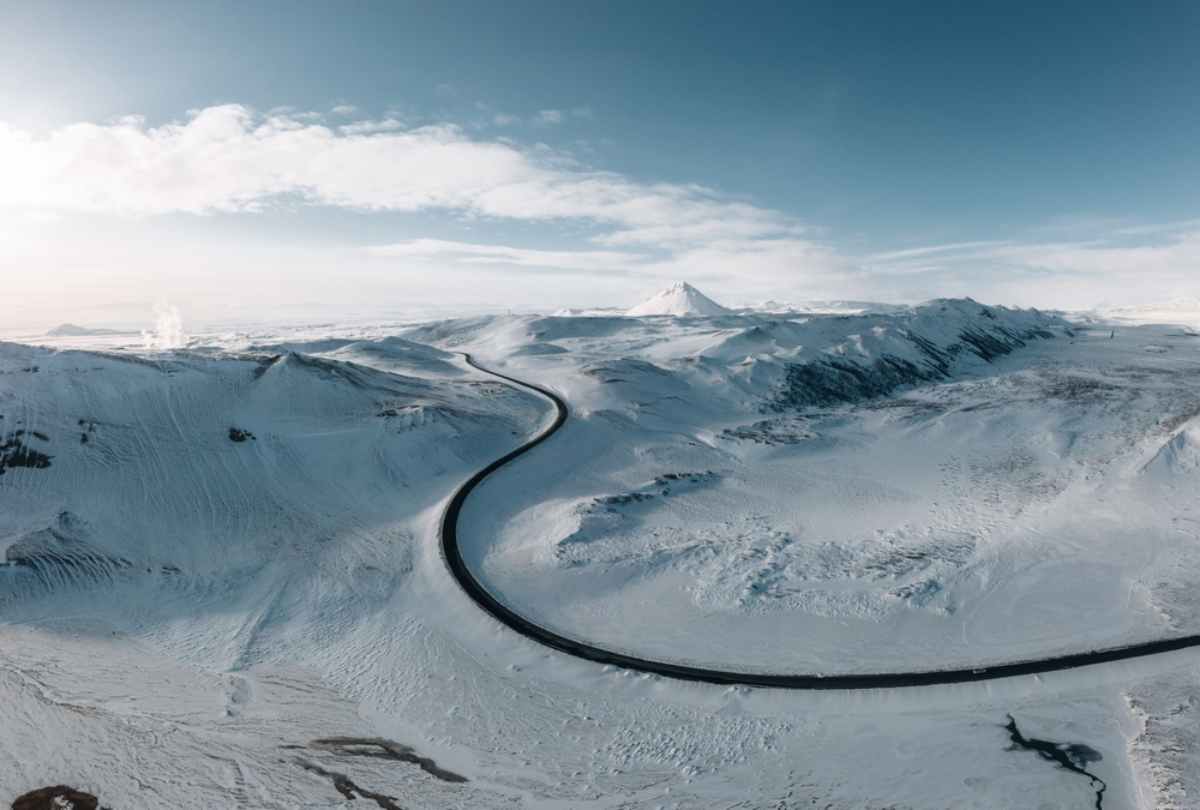
Always Adhere to Our Rules, Regulations, and Laws
We are real sticklers for the rules since it means keeping everyone and our environment safe. That’s also why you can expect pretty heavy penalties if you’re ever caught violating any of them. Watch out for our road signs and ask if there are any you don’t understand (“I didn’t know” won’t cut it as a legal defense).
Don’t stop or park next to the road, no matter how quick, and always park in designated parking spots. Also, ensure you stay well within Iceland’s speed limits, which may differ from what you’re used to. Although there are always exceptions (once again, keep your eyes peeled for signs), you can expect the following from our speed limits:
- Paved Roads = 90 km/h (56 mph)
- Gravel Roads = 50 km/h (50 mph)
- Urban Areas (aka. towns and cities) = 50 km/h (31 mph)
- Residential Areas (between houses & schools) = 30 km/h (19 mph)
Plan Out Your Refuels
Gas is a different ballgame here on the island because, well, we’re an island with a pretty unique layout. The first thing you need to know is that gas doesn’t cost the same everywhere, so you’ll need to do some research into gas prices in Iceland to decide which brand and gas station will give you the most bang for your buck.
Secondly, you’ll also find that gas stations become fewer and gas becomes more expensive the further you drive in rural and remote areas. This makes sense on the basic premise of supply and demand since if you know you’re the only gas station within hundreds of miles, you can pretty much charge whatever you want since there’s not a lot of competition.
So, it’s very important to carefully plan out your refuels according to your trip itinerary and road trip route to avoid being left stranded without gas or obliterating your budget with expensive refuels that could’ve been avoided.
At Motorhome Iceland, we have partnered up with some local gas stations, giving our clients a few perks and discounts, but you’re also welcome to make your own inquiries. Also, don’t forget about the Camping Card and the gas discounts that gives you.
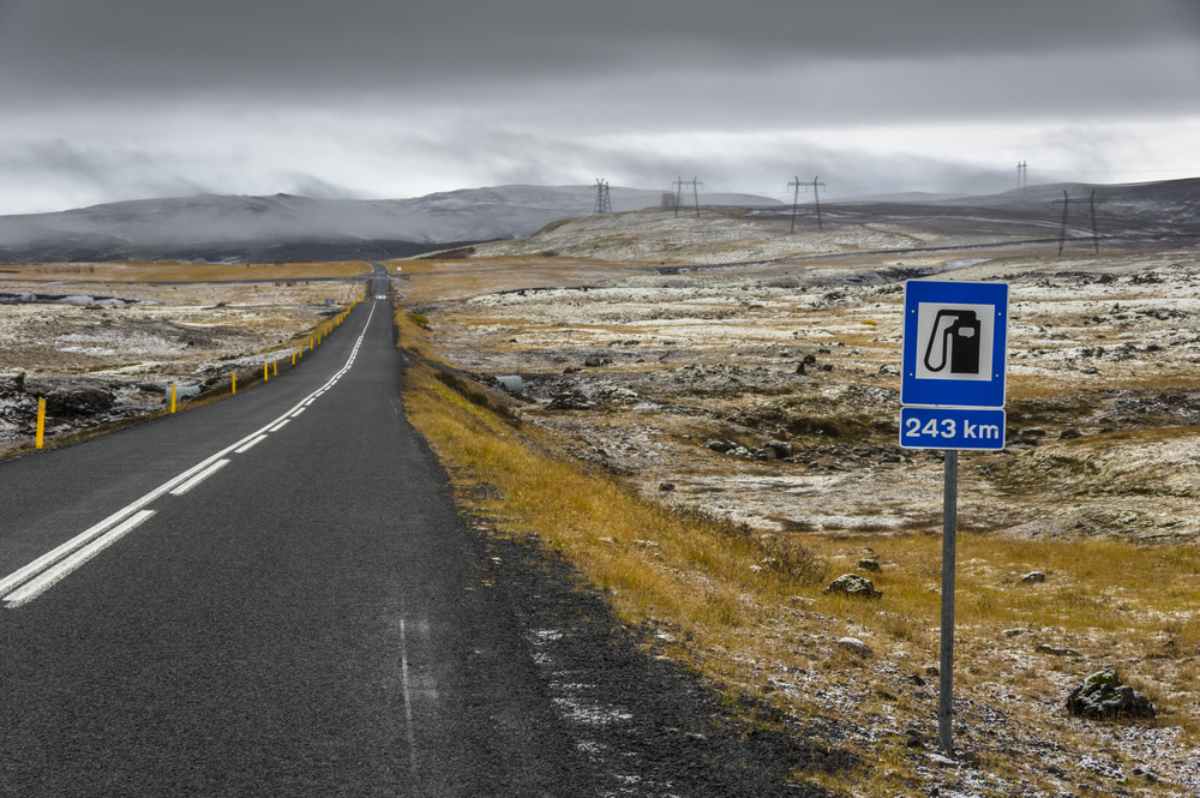
Legal Camping in Iceland: What You Need to Know
There have been a few changes in camping rules and regulations in Iceland in recent years, so keep the following in mind to ensure you stay on the right side of the law:
The Ban on Wild Camping: Understanding the Regulations
Iceland had a very serious problem recently. Word spread about our majestic landscapes and once-in-a-lifetime experiences. “Van life” became a thing, and soon, the island was flooded with road-tripping campervanners, parking, and camping wherever they could find a spot with a nice view.
Not only did this invade the privacy of private property owners, but it also proved detrimental to our sensitive ecosystems. That’s why new laws were passed in 2015, essentially putting an end to wild camping. Today, you are only allowed to camp in designated camping spots (so no camping in parking lots or on the side of the road!)
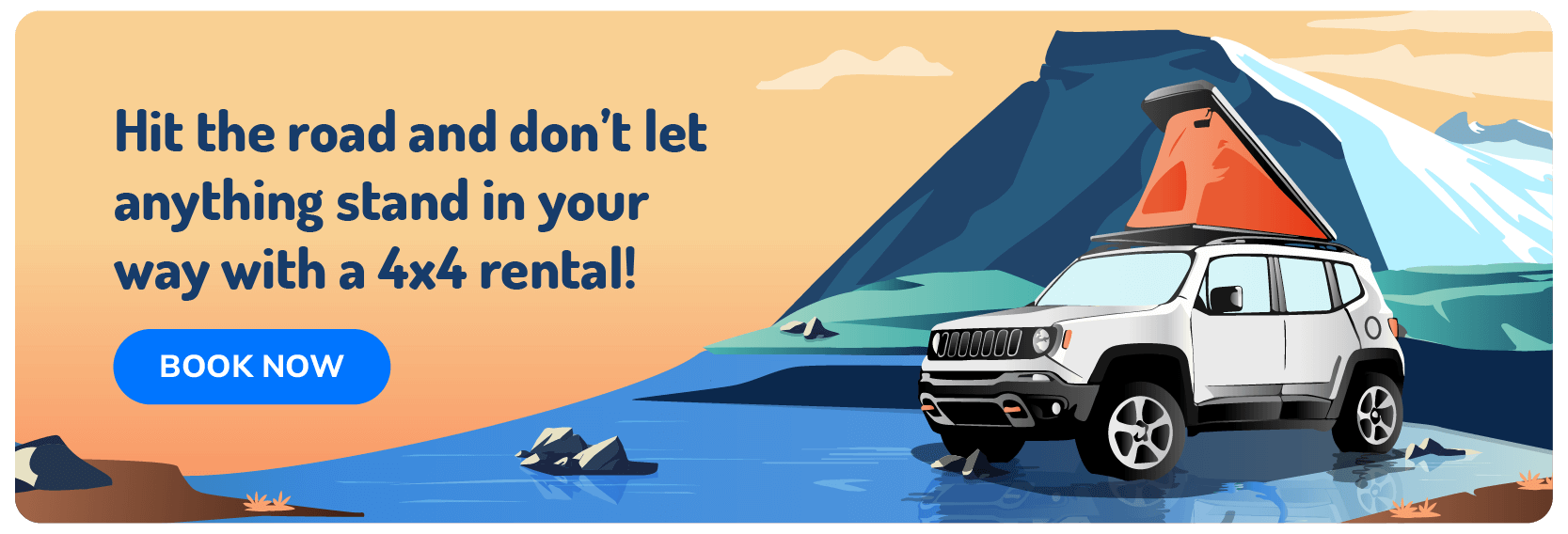
This also goes for our national parks, such as Thingvellir and Vatnajökull, where you’re only allowed to camp in designated campsites. You can also camp on private land next to roads and routes if, and only if, you get explicit permission from the land owner.
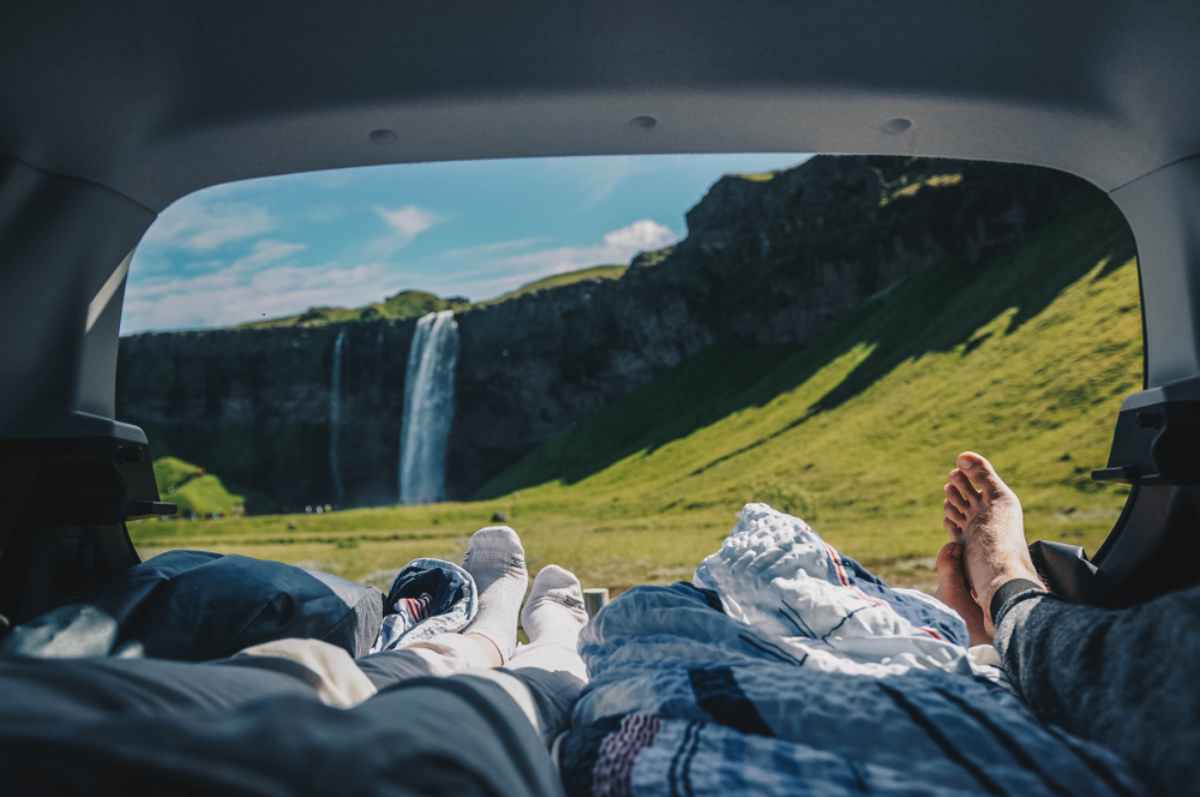
How to Find Legal and Scenic Campsites
Luckily, there are so many campsites around Iceland that the ban on wild camping really didn’t cause any accommodation crises. Finding legal and scenic campsites here in Iceland is also not difficult. You can use sites such as Tjalda.is and apps such as iOverlander and NorCamp.
Although the websites and apps can tell you where to find campsites in Iceland, it takes a local to know which promises to be the most scenic. The following are our recommendations:
- Thorsmork Campground
- Asbyrgi Campsite
- Skaftafell Campground
- Eskifjordur Campground
- Heydalur Campsite
- Breidavik Campground
- Skogar Campsite
- Vogar Campsite
The Best Campsites in Iceland for Campervans
Below, we’ve created a little cheat sheet table to help you pick out the best campsites for your journey:
|
Campsite |
Rated |
Along Main Road |
Near Geothermal Pools |
Beautiful Views |
Remote Location |
Showers |
Electricity |
Kitchen Facilities |
WiFi |
Open All Year Round |
|
4.4/5 |
Y – Ring Road |
N |
N – Just a glimpse of the glacier in the distance |
N |
Y |
Y – At additional cost |
N |
Y |
Y – But only certain sections |
|
|
4.6/5 |
Y – Ring Road |
N |
Y- Nestled along a forest next to a stream |
N |
Y |
Y – At additional cost |
Y |
Y |
N – Only open during summer |
|
|
4.2/5 |
Y – Ring Road |
Y – Vök Baths |
Y- The campsite sits in a valley with mountain views on the one side and a lake on the other. |
N |
Y |
Y – At additional cost |
Y |
Y |
Y – With reception also open 24/7 |
|
|
3.7/5 |
Y – Ring Road |
N |
Y- Nestled next to mountains in a bay, essentially giving you beachfront accommodation. |
N |
Y |
Y – At additional cost |
Y |
Y |
N – Closed during winter |
|
|
4.0/5 |
Y – Ring Road |
N |
Y – It is a national park, after all. |
N |
Y |
Y – At additional cost, but not available during wintertime. |
Y – But many complain about missing equipment, etc. So, you might have to rely on your own or use the cafeteria. |
N |
Y – But only certain sections |
|
|
4.2/5 |
N |
N |
Y – This remote, untouched area is breathtaking, with views of the coastline and numerous bird species (any avid birdwatcher’s dream) |
Y |
N |
Y – At additional cost |
N |
N |
N – Closed from May till July because of the Elder ducks. |
|
|
4.3/5 |
Y – Ring Road |
Y-Sit on the shore of Lake Myvatn (Not just beautiful, but also yet another birdwatcher’s paradise). |
N |
Y |
Y – At additional cost |
Y – But closes between 12:00 and 15:00. |
Y – But only in designated areas |
N – Only open during summer |
||
|
4.0/5 |
Y – Situated in the capital city, close to both Golden Circle and Ring Road Routes. |
Y – Various such as Kvika Footbath and Sky Lagoon |
N |
N |
Y |
Y – At additional cost |
Y |
Y |
Y |
|
|
Tungudalur (Isafjördur) |
4.7/5 |
N |
N |
Y – Beautiful views of the bay and even our famous Brunarfoss Waterfall |
N |
Y |
Y – At additional cost |
Y |
Y |
N – Only open during summer |
|
4.7/5 |
N |
N |
Y – Absolutely breathtaking environment, from ravines and lush, green mountains during the summer months. |
N |
Y |
Y – At additional cost |
N – Kitchen facilities are limited to the cabins |
N |
N – Only open during summer |
Packing Essentials for a Campervan Adventure in Iceland
We won’t go into too much detail since we’re sure you are more than capable of handling your own packing. We just want to highlight a few things that you may not think of or that could be unique to a campervan adventure in Iceland:
- You will pack your clothes based on the number of days you’ll be on the island and the number of times you’ll be able to do some laundry. But the one thing we can tell you is to ensure you pack so you can layer up. As already established, Iceland’s weather can be very fickle, and wearing layers will ensure that you can always take something off or put something on, depending on the current circumstances.
- Remember to bring your “summer kit” even in the colder months, i.e. sunglasses and sunscreen. These are much-needed items that often end up by the wayside. It doesn’t matter how overcast it is – UV rays will still ensure you get a nasty sunburn, and the glare off the ice and snow will have you squinting your entire trip long.
- Swimwear is yet another item that often gets associated with summer weather. But here in Iceland, this is an essential item all year round. Iceland’s hot springs and geothermal pools can be enjoyed at any time, and many locals actually believe the winter dips are the most invigorating.
- Always opt for a quick-drying towel. Otherwise, you might be lugging around wet stuff all day.
- Bring a flashlight or headlamp so you’ll always have a light handy. We prefer the headlamp since this leaves your hands free.
- Remember a raincoat. This is not just to be prepared for any unexpected showers; these also come in handy at our waterfalls, where the mist and spray can leave you completely drenched.
- It’s a good rule of thumb to always have a first aid kit with you whenever you travel. It can save you a lot of hassles, and in extreme cases, it can really make a difference when what you do in those first few moments is crucial.
- Ensure you have some extra rations of food and water. We’re not talking apocalyptic levels, but just enough to get you by if you should ever get stuck somewhere and end up waiting for help for a while.
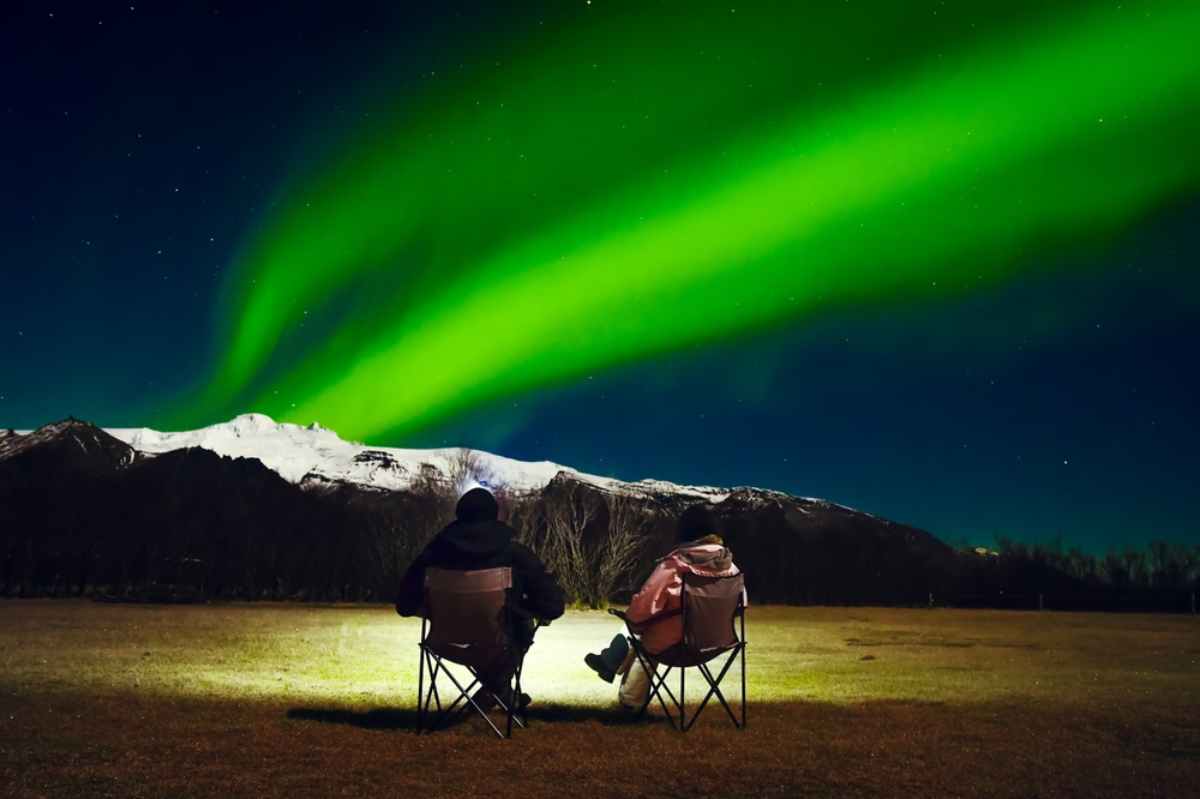
Best Road Trip Itineraries for Campervan Travelers
If you want to skip some of that hard research and planning of your campervan road trip, use the below examples or use them as a launchpad for creating your own adventure:
A 3-Day Campervan Road Trip (Ideal for Those with Limited Time on the Island)
Day 1: The Golden Circle
Highlights:
- Thingvellir National Park
- Kerid Crater
- Secret Lagoon
Day 2: The South Coast
Highlights:
- Seljalandsfoss Waterfall
- Vik
- Jokulsarlon Glacier Lagoon
Day 3: Back to Reykjavik
Highlights:
- Fjadrargljufur Canyon
- Reynisfjara Black Sand Beach
- Seljavallalaug (Iceland’s Oldest Swimming Pool)
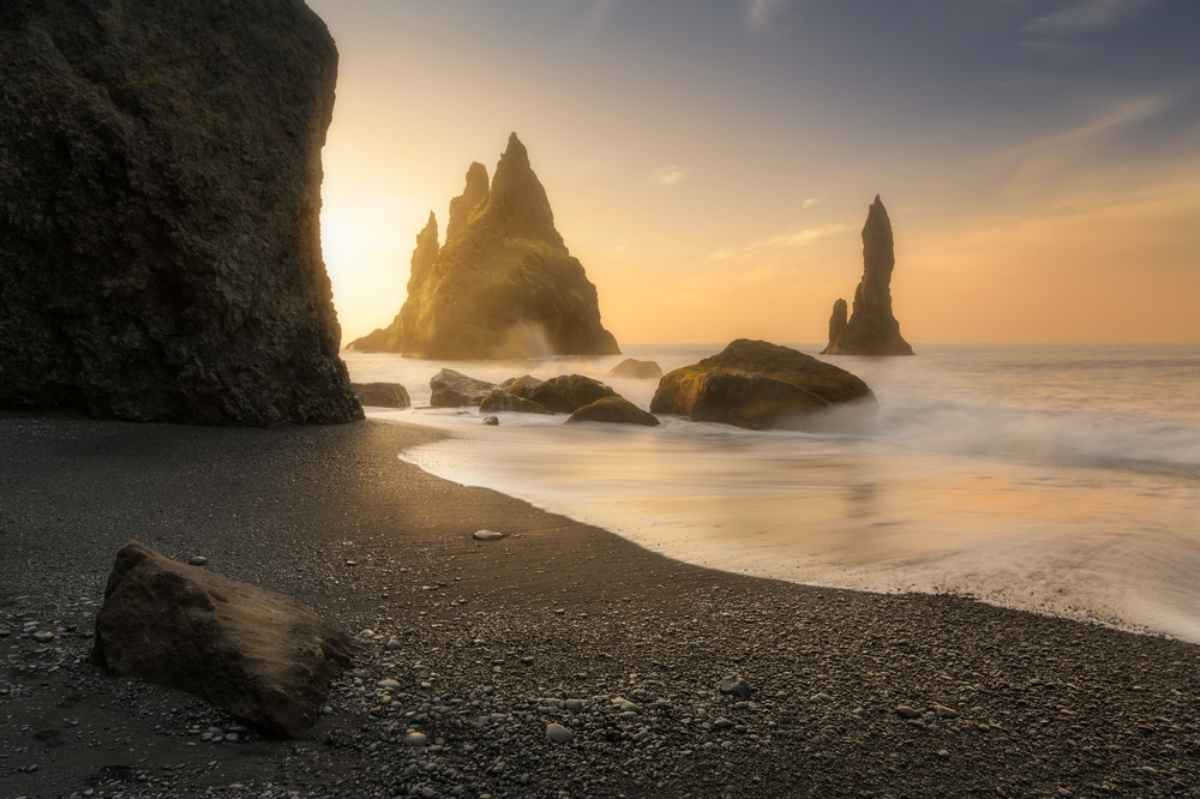
A 7-Day Ring Road Itinerary
Day 1: Keflavik Airport to the Capital City
Highlights:
- Blue Lagoon
- Exploring Reykjavik
Day 2: Golden Circle
Highlights:
- Thingvellir National Park
- Kerid Crater
- Gullfoss Waterfall
Day 3: Heimaey Island and/or Landmannalaugar (the Icelandic Highlands)
Highlights:
and/or
- Heimaey Island (highly recommended during the Puffin breeding season from April to August)
Day 4: The South Coast
Highlights:
- Seljalandsfoss Waterfall
- Caves of Hella
- Reynisfjara Black Sand Beach
Day 5: The South Coast (Continued)
Highlights:
- Skaftareldahraun Lava Field
- Skaftafell National Park
- Jokulsarlon Glacier Lagoon
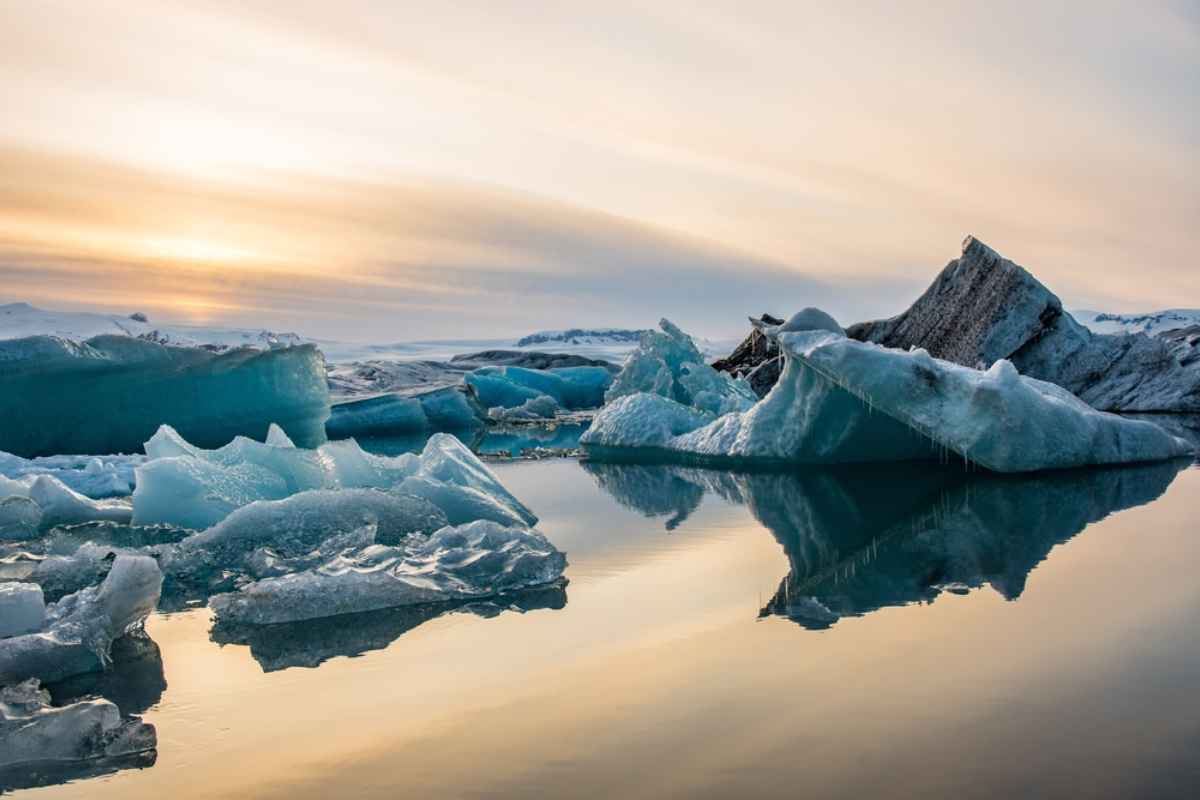
Day 6: West Iceland (Snæfellsnes Peninsula)
Highlights:
- Snæfellsjökull Volcano
- Stykkisholmur Fishing Village
- Ytri Tunga Seal Beach
Day 7: Snæfellsnes Peninsula (Continued), the Westfjords & Akureyri
Highlights:
- Hornstrandir Nature Reserve
- Akureyri
A 10-Day Campervan Adventure
Day 1: Keflavik Airport to the Capital City
Highlights:
- Blue Lagoon
- Exploring Reykjavik
Day 2: Golden Circle
Highlights:
- Gullfoss Waterfall
- Kerid Crater
- Geysir Geothermal Area
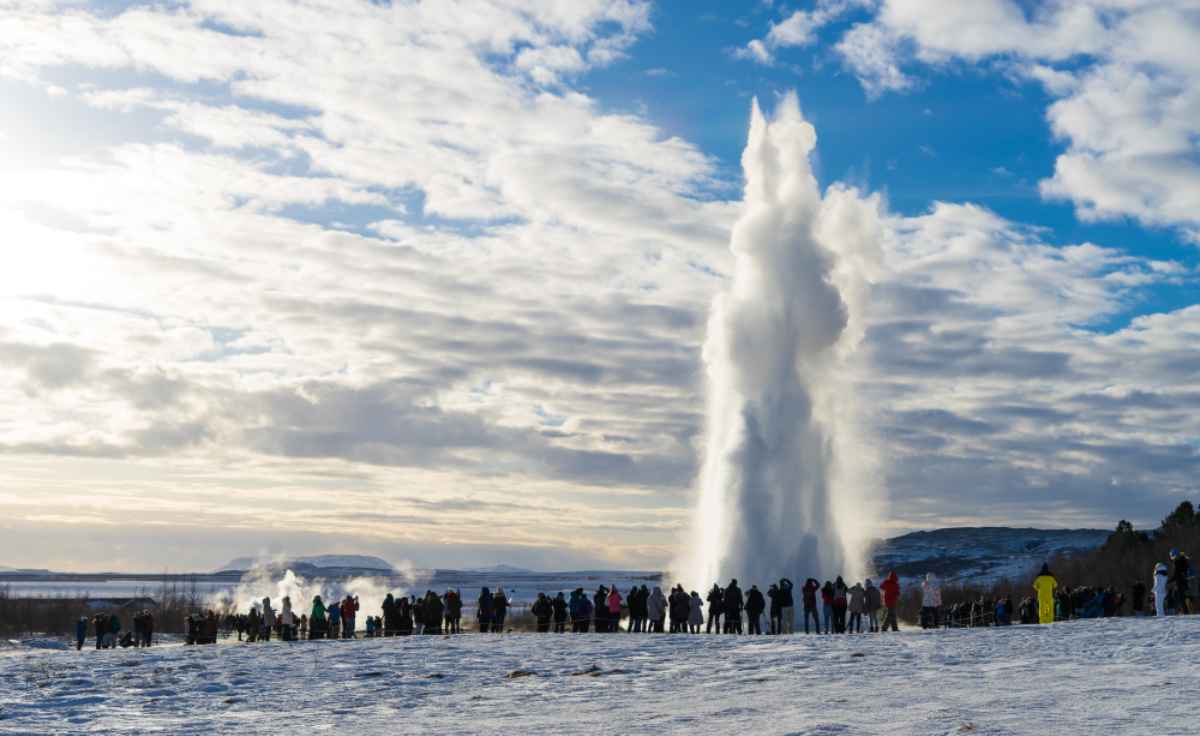
Day 3: Snæfellsnes Peninsula
Highlights:
- Ytri Tunga Seal Beach
- Budakirkja
- Bjarnafoss Waterfall
Day 4: To Akureyri
Highlights:
- Bjarnarhöfn Shark Museum
- Stykkisholmskirkja
- Kolugljufur Canyon
Day 5: To Husavik
Highlights:
- Whale watching tour
- Husavik Whale Museum
- Geosea
Day 6: Diamond Circle
Highlights:
- Godafoss
- Lake Myvatn
- Dimmuborgir Lava Fields
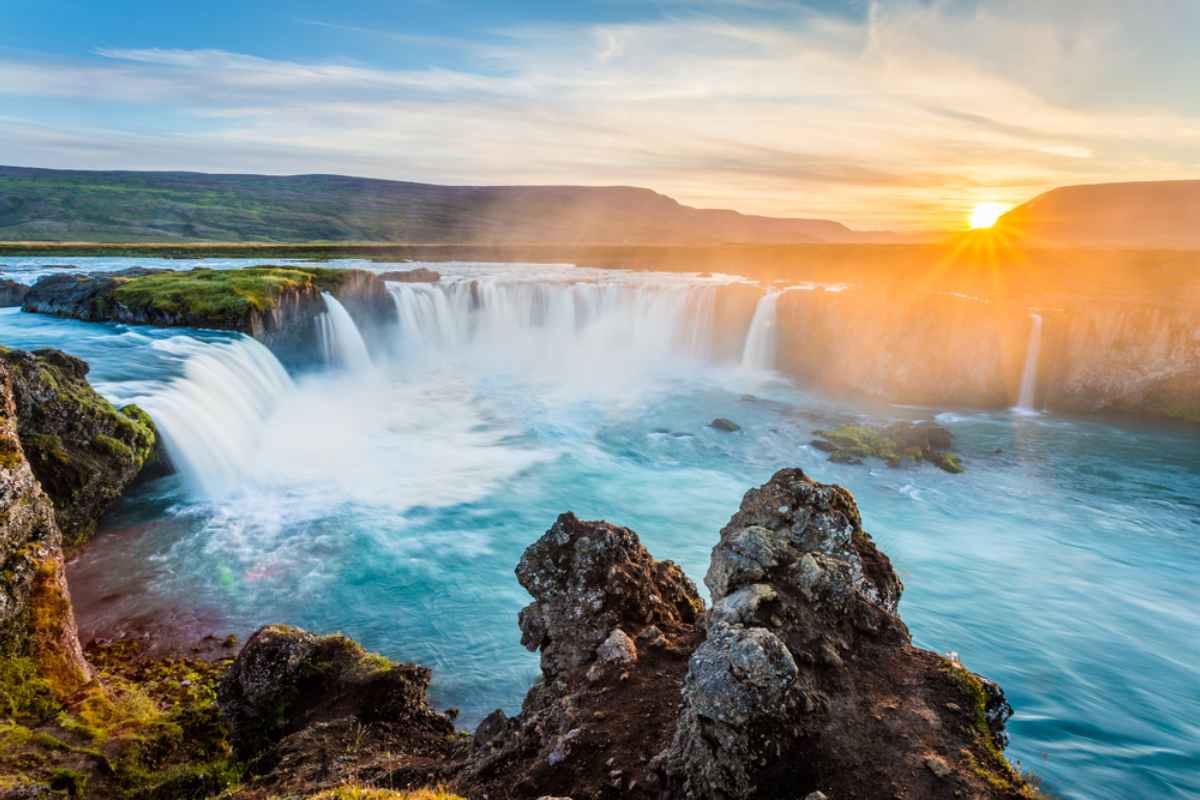
Day 7: The Eastfjords
Highlights:
- The Town of Sydisfjördur
- Hvalnes Lighthouse
- Vestrahorn Mountain
Day 8: Höfn to Vik
Highlights:
- Jokulsarlon Glacier Lagoon
- Diamond Beach
- Mulagljufur Canyon
Day 9: Vik & Surroundings
Highlights:
- Fjadrargljufur Canyon
- Eldhraun Lava Field
- Gigjagja Cave
Day 10: Back to Reykjavik or Keflavik
Highlights:
- Seljalandsfoss Waterfall
- Gljufrabui
- Reykjadalur Hot Spring River
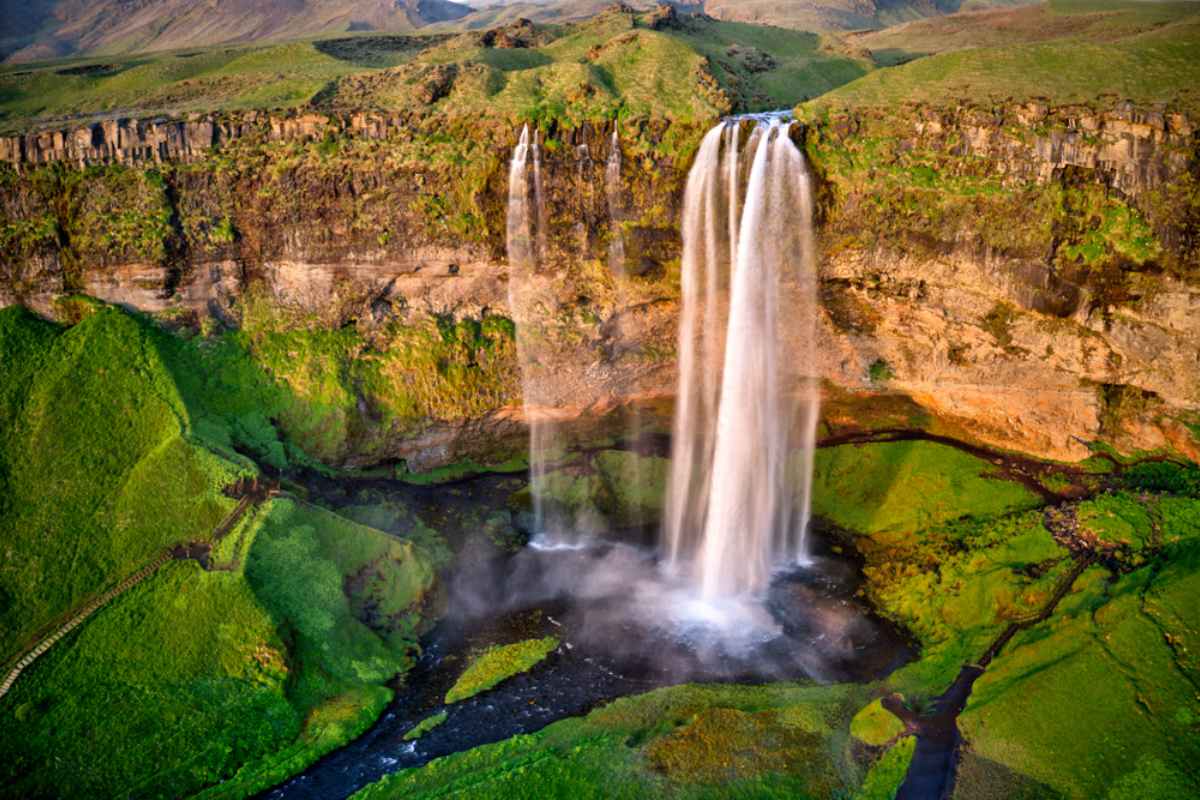
Sustainable and Responsible Camping in Iceland
Icelanders have great respect for our environment (but with such unique landscapes like the Land of Fire and Ice, who wouldn’t?) This means we take care of our surroundings and expect visitors to do the same. So, when camping, please adhere to the following:
- Follow a leave-no-trace principle. This means no littering and no damage caused, such as trampled moss or broken bushes, etc. When you leave, it should be like you were never even there in the first place.
- Leave our wildlife in peace. We know we’ve got incredible animals and birds here on the island, but it’s not your place to disrupt their day or destroy their homes. You don’t need to be inside a Puffin’s burrough to appreciate it.
- Ensure that all your cleaning supplies are biodegradable. This goes for everything from wet wipes and soap to dishwashing liquid.
- Ensure that your bug repellent (something you may need for our midges when camping near Lake Myvatn) is environmentally friendly. You don’t want to kill other fauna and flora while trying to keep them at bay.
- Get rid of your waste in an appropriate way. Whether trash, greywater, or black water (sewage), there are plenty of designated places in Iceland where you can dispose of it. Don’t just “dump” it wherever.
- Support local. Iceland is a small island, and our economy heavily relies on the tourism industry. So, before you buy the big brand you know from back home, why not try a local variant and make an actual difference?
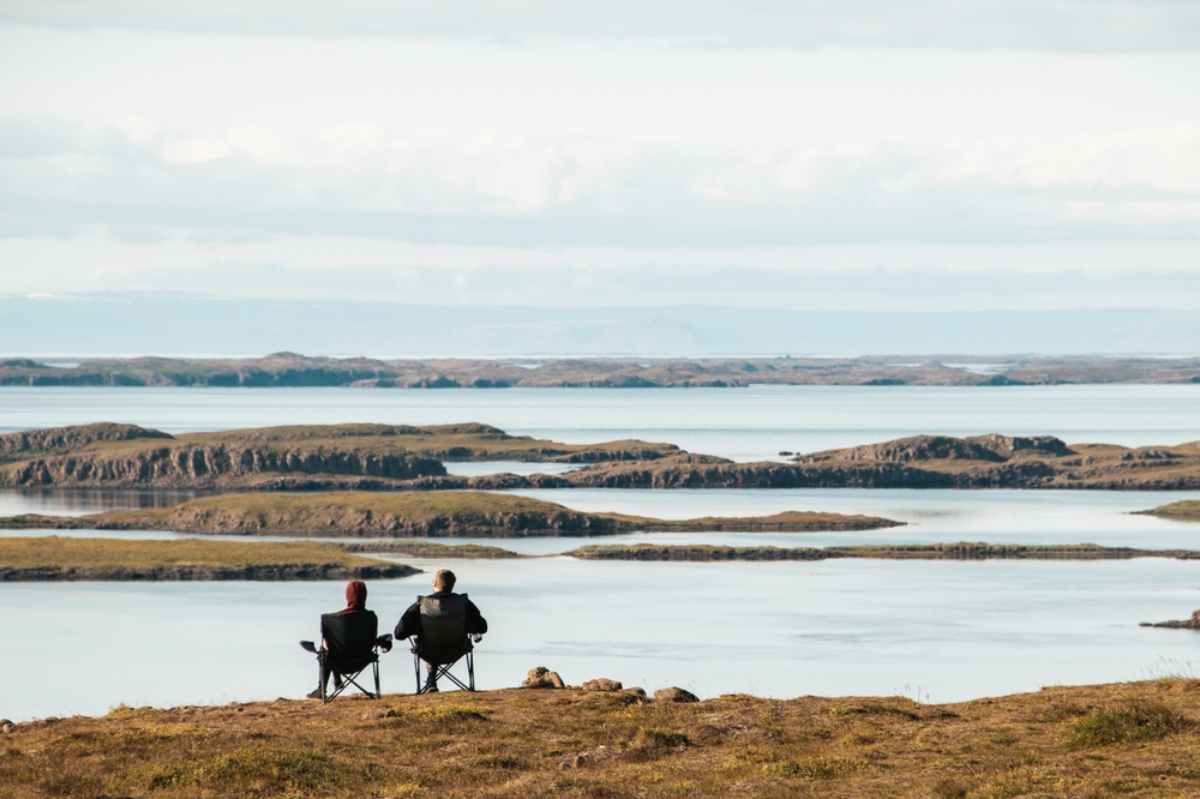
FAQs About Campervan Travel in Iceland
Below, you’ll find the answers to some of the most frequently asked questions about campervan travel in Iceland:
Can You Camp Anywhere in Iceland with a Campervan?
No, you cannot camp anywhere in Iceland with a campervan. You can only camp in designated camping spots or on private land with the explicit permission of the land owner.
How Much Does It Cost to Rent a Campervan in Iceland?
How much your campervan rental in Iceland costs will depend on the type of campervan you choose. But, generally, you can expect to pay between $230 and $520, excluding gas.
Is It Safe to Drive a Campervan in Iceland in Winter?
Yes, it’s safe to drive a campervan in Iceland in winter as long as you have the right winter gear and accessories, and we highly recommend opting for a 4x4 version.
How Do I Book and Pay for my Campervan Rental in Iceland?
There are various ways to book and pay for your campervan in Iceland. You can give the rental company a call, pop them an email, or simply use the online booking system. To pay, you will need a credit card or a debit card you can make online purchases with. You may also need to inform your bank so they don’t flag the transaction as suspicious (it’s a payment to another country, after all).
When Should I Book My Campervan Rental in Iceland?
While the campervan rental agents are conveniently located at the airport, we do not recommend booking a camper only upon arrival. Rather book your rental in advance, especially if you’re planning on visiting the island during our busy summer season. This way, you’re sure to get the perfect camper for your Iceland adventure.
Get Ready for the Ultimate Camper and Camping Adventure Here in Iceland!
Armed with the above information and local insights, you’ll be able to plan and prep for the ultimate camper and camping adventure here in Iceland. Just remember to make any bookings well in advance, especially for those trips during the summertime, so you won’t need to be worried about getting any nasty surprises upon arrival. So, rent your campervan in Iceland, claim your spot at our most beautiful campsites, and you’re guaranteed to be in for the adventure of a lifetime here in the Land of Fire and Ice!
